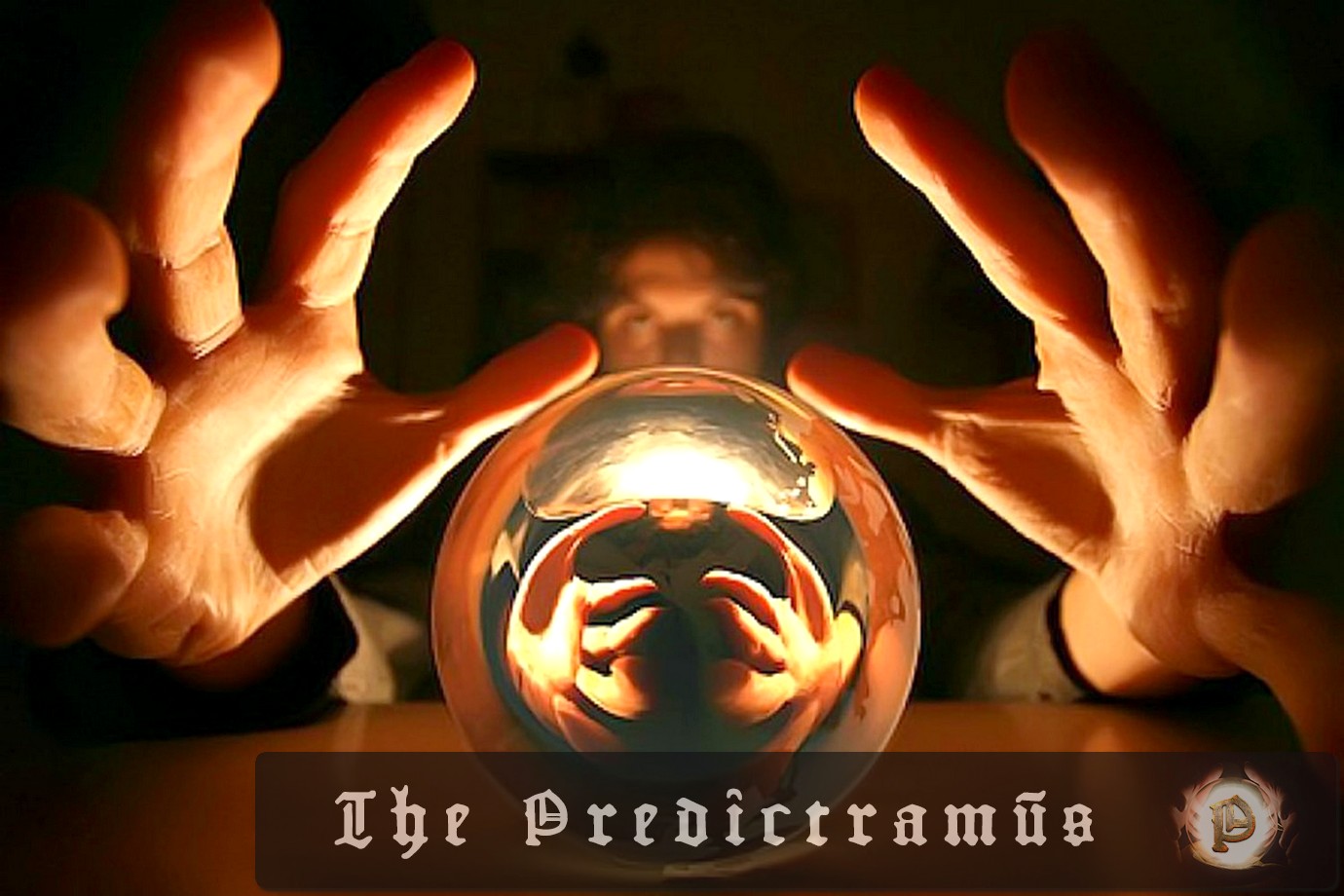Physicists at CERN’s BASE collaboration have made a groundbreaking discovery by performing coherent spin spectroscopy on a single antiproton, achieving a record-breaking precision in measuring the magnetic properties of antimatter. This breakthrough could help explain the cosmic imbalance between matter and antimatter in the universe, a long-standing mystery in physics. The team’s innovative technique uses…
Physics on The Soothsayer
Scientists at ETH Zurich and Empa in Switzerland have developed a groundbreaking photodetector made of vertically stacked perovskite-based light absorbers, which can produce real photographic images with improved color fidelity and sensitivity. This innovation could potentially challenge the dominance of silicon-based technologies in the imaging sector. The new sensor exploits the concept of active optical…
Physicists at Rice University and Leiden University have made a groundbreaking discovery in the search for dark matter, a mysterious substance thought to make up most of the universe. By using a tiny neodymium particle suspended in a superconducting trap, the team has successfully tested magnetic levitation technology, marking a significant proof of concept. Although…
Researchers at the University of Arizona have made a significant breakthrough in precision medicine by developing a deep learning algorithm that can classify different types of biological tissue based on their natural optical responses to laser light. This innovative approach could potentially revolutionize disease diagnosis and treatment by enabling label-free imaging, which is less invasive…
Scientists in the US have made a groundbreaking discovery in understanding how cephalopods, such as squid and octopus, change the color of their skin. Using a microscopy technique called holotomography, researchers found that the tuneable optical properties of squid skin stem from winding columns of platelets in certain cells. This breakthrough has the potential to…
An international team of scientists has made a groundbreaking discovery in the field of quantum physics, unveiling evidence of a quantum spin liquid – a material with spins that remain in constant fluctuation at extremely low temperatures. The researchers used neutron scattering to reveal photon-like collective spin excitations in a crystal of cerium zirconate, providing…
Seismic detectors around the world picked up a mysterious signal in September 2023, which was later confirmed to be caused by standing waves, or seiches, triggered by massive tsunamis in a narrow waterway off the coast of Greenland. Researchers at the University of Oxford used satellite altimetry data to construct images of the seiches, demonstrating…
Researchers at the University of Oxford and the University of Michigan have developed a new type of microrobot that can deliver therapeutics with precision and navigate complex biological terrains. The microrobots, called permanent magnetic droplet-derived microrobots (PMDMs), are made from a biocompatible hydrogel and can be tailored to each clinical scenario. They can carry drugs…
Researchers in Japan have successfully visualized the formation and evolution of quasiparticles known as excitons in carbon nanotubes for the first time. This breakthrough could aid the development of nanotube-based nanoelectronic and nanophotonic devices. The team used a technique called ultrafast infrared scattering-type scanning near-field optical microscopy (IR s-SNOM) to image excitons in carbon nanotubes,…
Researchers at the University of Sydney have made a significant breakthrough in quantum computing by developing a CMOS chip that can control the operation of multiple spin qubits at ultralow temperatures. This achievement is a crucial step towards creating a scalable platform for quantum computing, which could potentially revolutionize the field of computing and beyond….










